You're not alone if you’ve ever struggled to keep flowers upright in a vase. That’s where these clever little tools called flower frogs come in. With a long history and plenty of charm, they make arranging stems so much easier—and more stylish too.
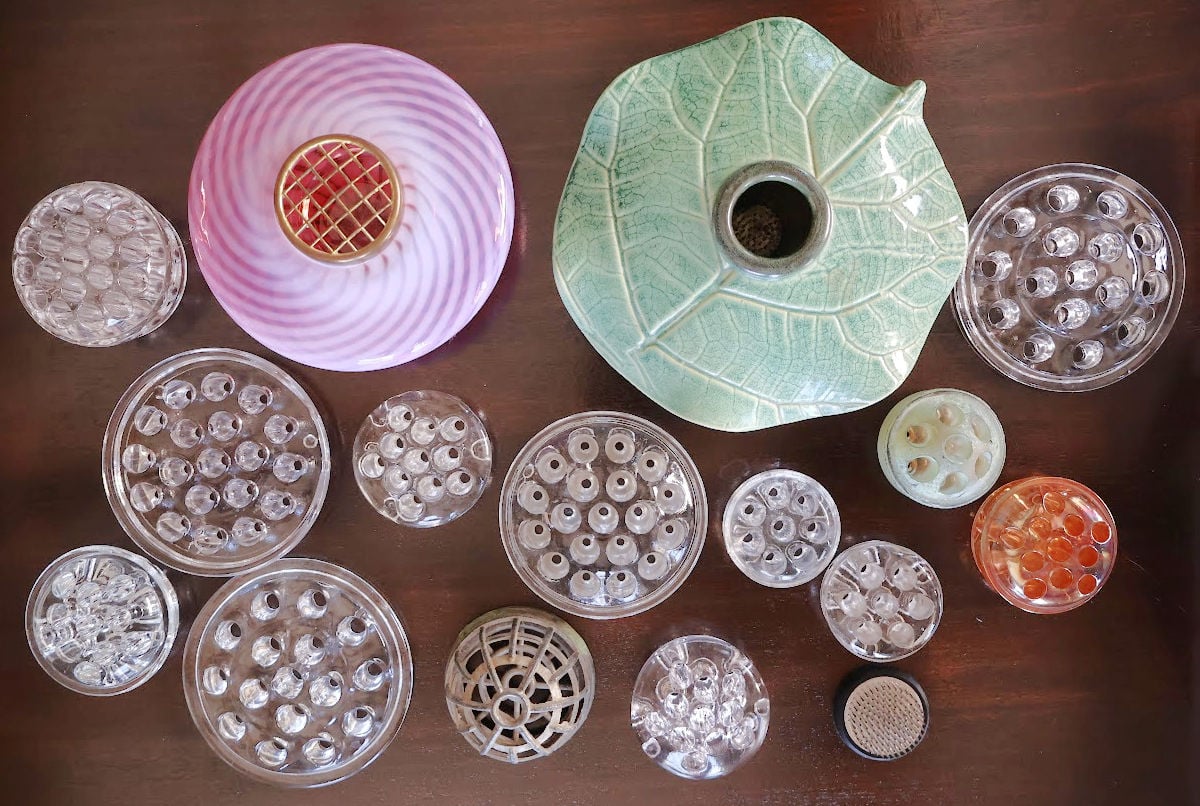
In this post, I’m sharing my favorite pieces from my collection and my friend Jenny's and showing exactly how they’re used. Whether you love hunting for antiques or simply want an easier way to style your blooms, this guide is full of inspiration and practical ideas. Looking for a quick idea to make your own custom sized one? Check out this make your own flower frog tutorial!
Table of contents
- A Quick Look at the Basics
- Glass Flower Frogs: Pretty and Practical
- How I Use These Tools at Home
- Pin Frogs: Small but Strong
- Using Flower Frogs with Grocery Store Flowers
- Flower Frogs for Seasonal Decorating
- What to Look for When Buying One
- How to Tell If a Flower Frog Is Vintage
- My Favorite Places to Display Them
- Not Just for Flowers: Creative Ways to Use a Frog
- Real Talk: Are They Still Worth Using Today?
- Other ways to display florals
A Quick Look at the Basics
A flower frog is a reusable tool that helps hold flower stems in place. Typically placed at the bottom of a vase or bowl, it supports your flowers so they stand where you want them—no floral tape or foam needed.
These tools come in various materials, including glass, metal, and ceramic. Most have holes or pins designed to anchor stems for cleaner, more stable arrangements.
Glass Flower Frogs: Pretty and Practical
One of the most common styles you’ll find is the glass frog. These often have a round, disk-like shape and multiple holes for stems. Many have a slightly tinted finish—green, blue, or amber glass are especially popular among collectors.
They’re surprisingly heavy for their size and nestle beautifully into wide vases or bowls. Even when not in use, they add a vintage touch to any shelf or windowsill.
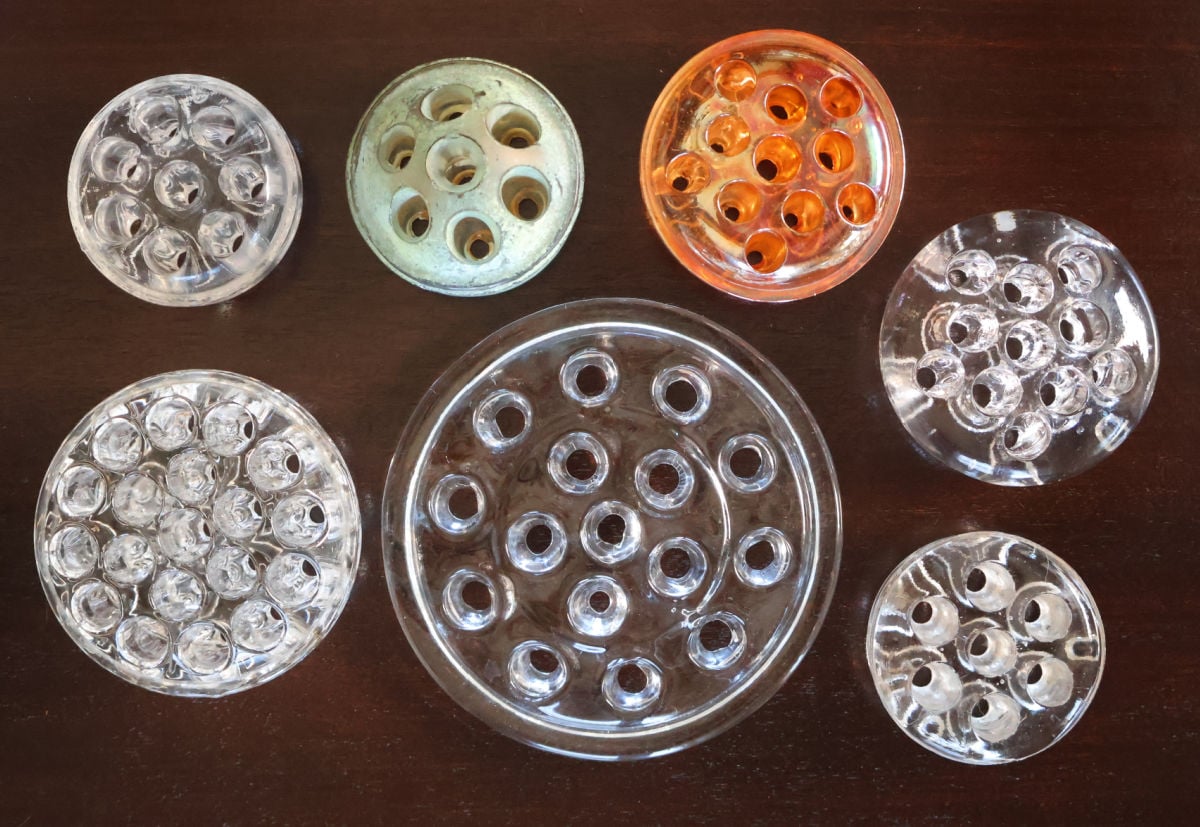
How I Use These Tools at Home
To use one, just place it inside your container, add water, and slip the stems into the openings. The structure keeps flowers from flopping to the side or crowding each other out.
I love clipping flowers from my yard—hydrangeas, tulips, daisies—and arranging them casually in everyday vases. These tools make it simple to get that “just right” look without needing professional skills.
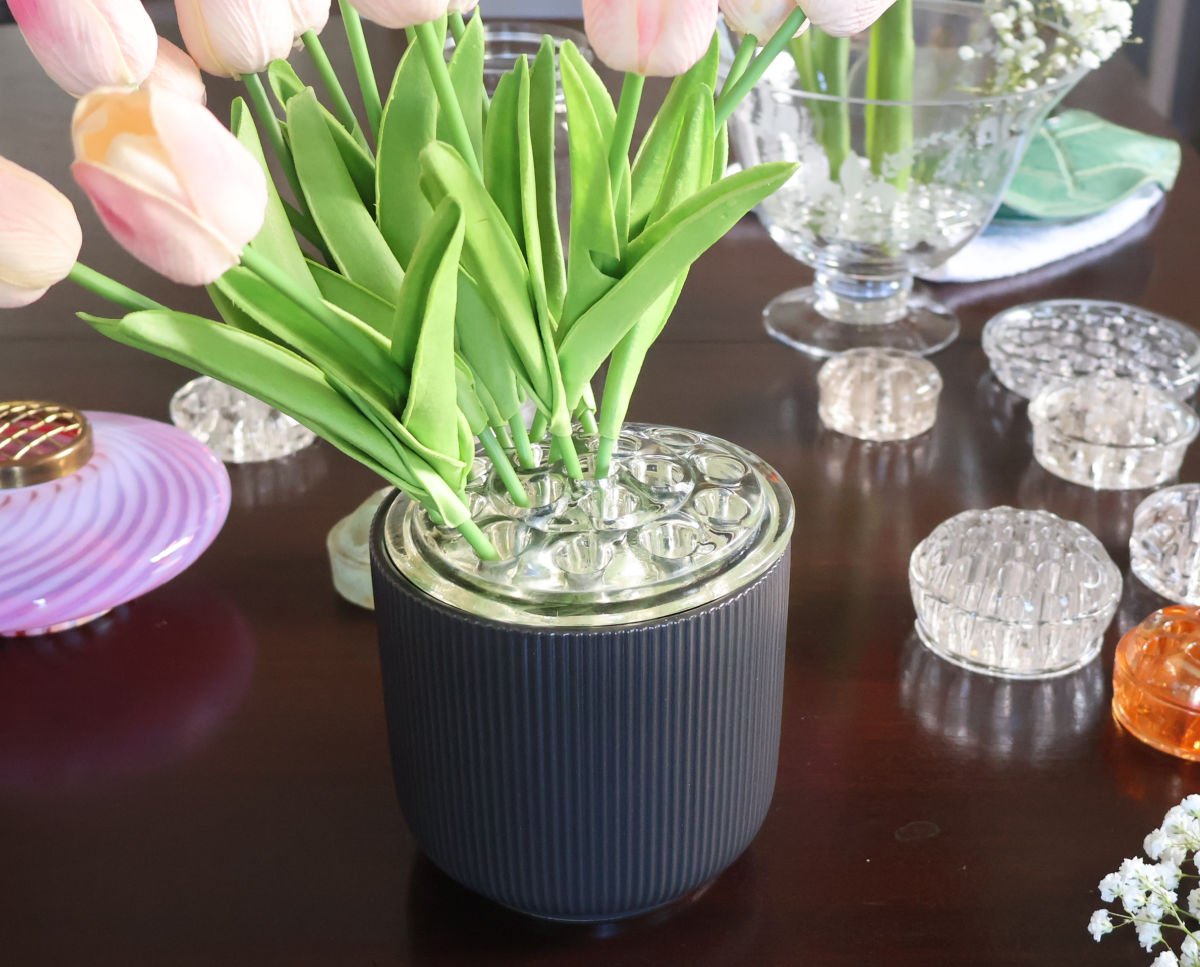
Pin Frogs: Small but Strong
Pin-style frogs, sometimes called kenzan, are made of metal and have upright spikes. They look a little intense but are incredibly effective for supporting thicker stems or creating vertical designs.
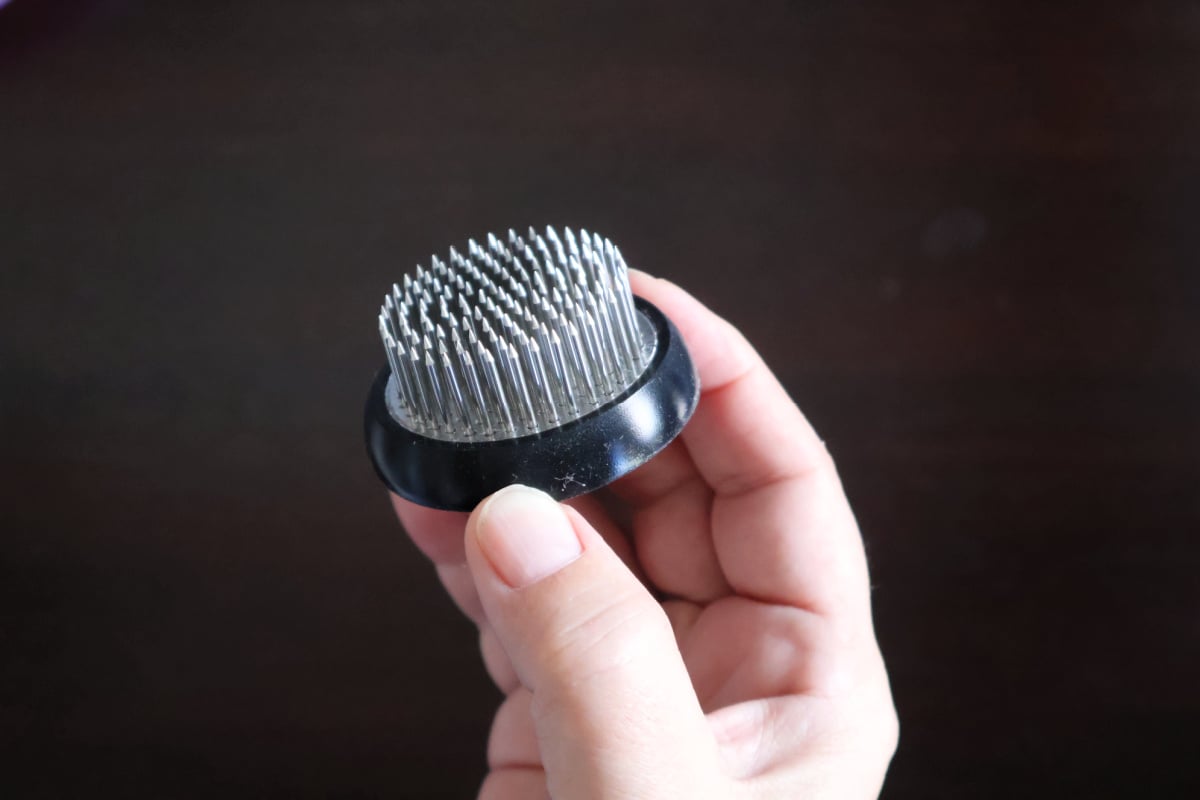
Simply press the stem down onto the spikes at the angle you want. These are great for flowers with more weight or for arrangements that need a bit more structure.

Built-In Grids: When the Vase Is the Frog
Some vintage vases come with a floral support built right in—and they’re just as functional as traditional flower frogs. One of my favorites is a shallow cranberry glass vase with a removable copper-colored metal grid.
The grid sits right on top of the vase and holds stems in place just like a standalone frog would. It’s a perfect blend of form and function: the metal adds a warm contrast to the glass, and the structure makes arranging flowers feel effortless.
If you come across one of these on your vintage hunts, scoop it up! These grid-topped vases are not only beautiful on display, but also incredibly practical for everyday floral styling.
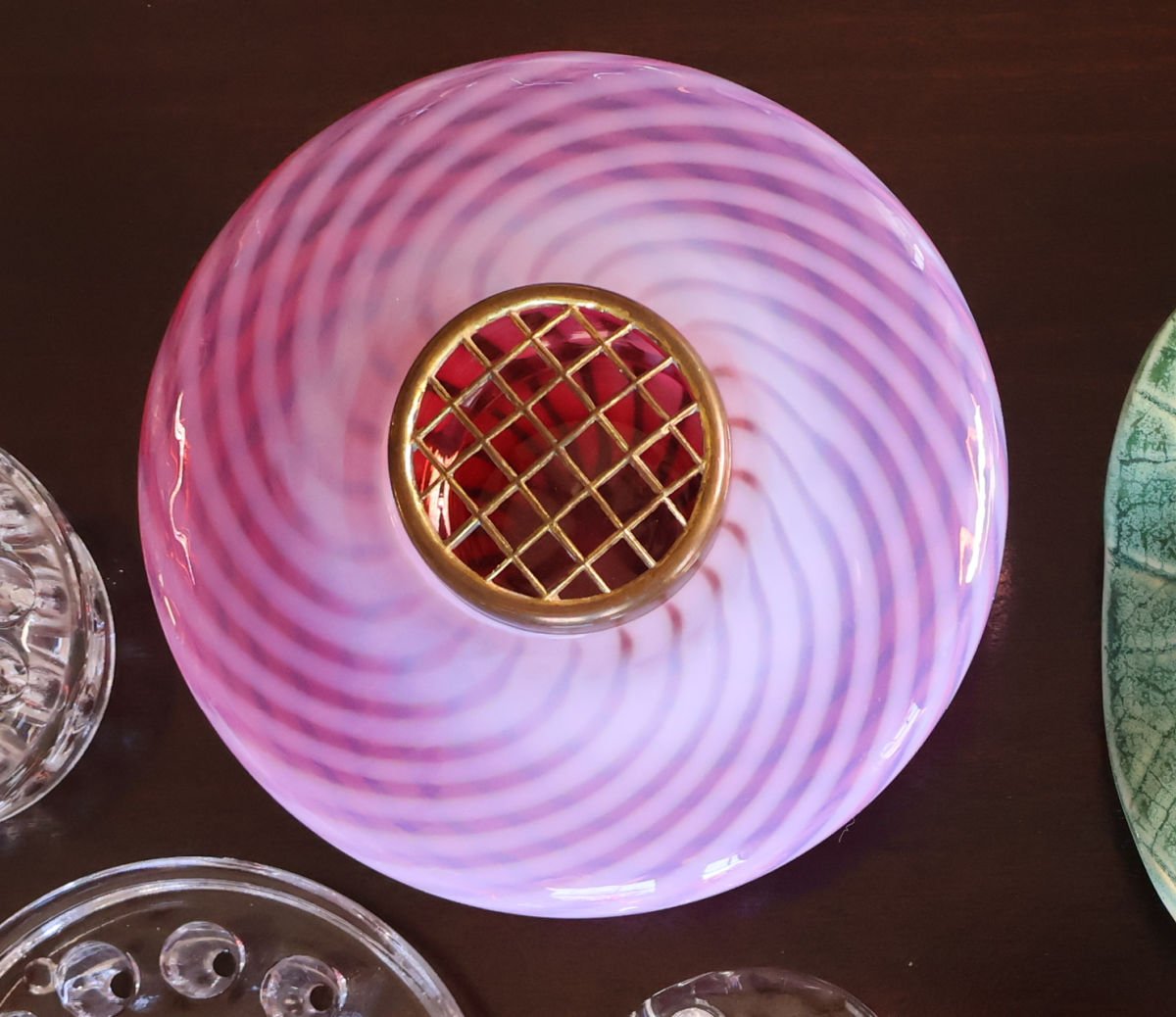
Using Flower Frogs with Grocery Store Flowers
Most of us aren’t arranging professionally—we’re grabbing a bunch of blooms from Trader Joe’s or the local grocery store. That’s exactly when these tools shine.
A basic glass or pin version can turn a floppy bunch of tulips into a cheerful, organized display. They help separate stems and give each bloom its space, making even the simplest bouquet look intentional.
Flower Frogs for Seasonal Decorating
One of my favorite things about these tools is how versatile they are year-round. Here are just a few seasonal ideas:
- Spring: Tulips, daffodils, or blooming branches
- Summer: Zinnias, black-eyed Susans, or herbs
- Fall: Seed pods, grasses, colorful leaves
- Winter: Evergreen cuttings, holly berries, or pinecones
Using them with seasonal clippings from your yard brings a touch of the outdoors inside—no florist needed.
What to Look for When Buying One
If you’re new to these tools, here are a few tips:
- Check for chips or cracks in glass pieces
- Make sure pins on metal versions are securely attached
- Look for medium-sized styles—they’re the most versatile for everyday vases
- Antique shops, flea markets, Etsy, and eBay are great places to search
You don’t need a matching bowl—just use whatever container you already have. Floral putty or museum gel can help keep lightweight ones from shifting.
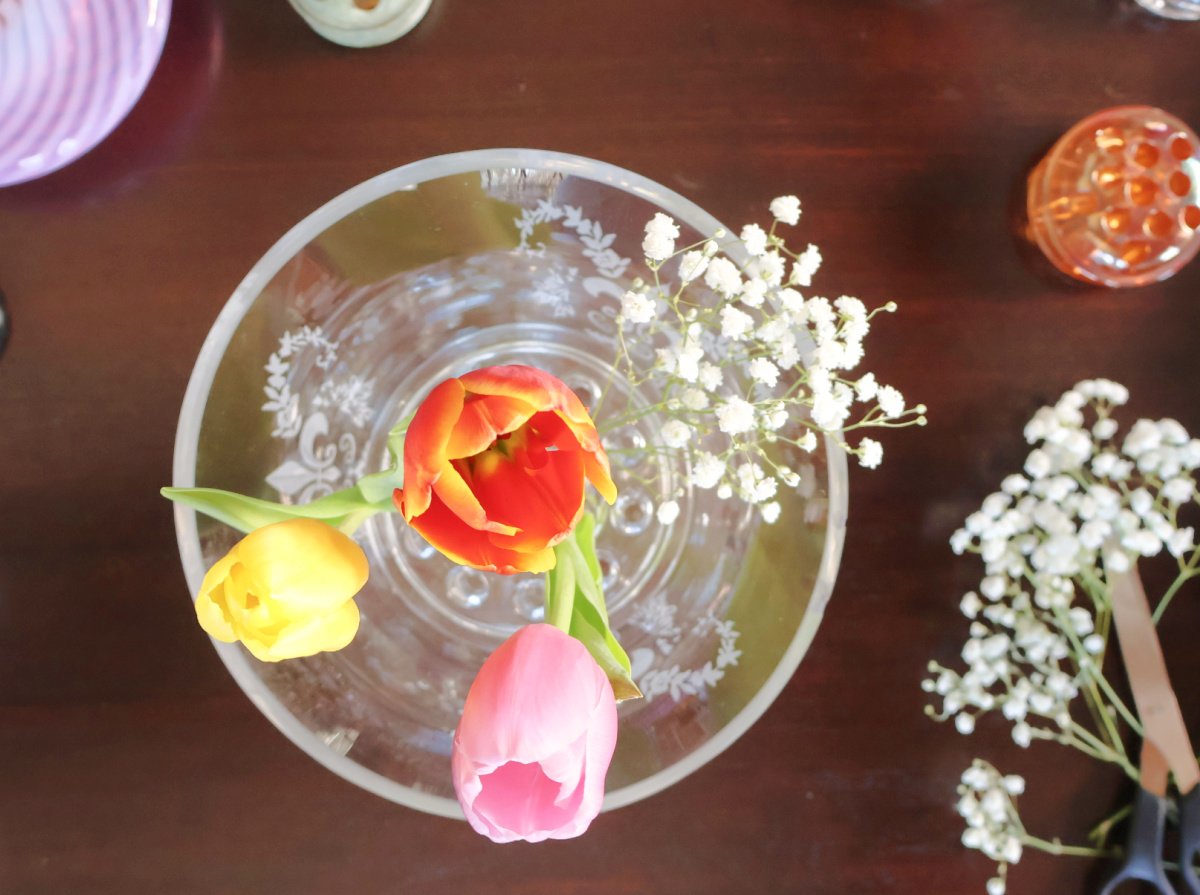
How to Tell If a Flower Frog Is Vintage
While you don’t need to be an expert to enjoy these tools, there are a few telltale signs that one might be vintage:
- Glass frogs often have bubbles or slight imperfections from older molds. When I'm looking to buy online, I often overlook these imperfections. They are still beautiful!
- Metal frogs may show signs of age like patina or slightly dulled pins
- Heavier weight and solid construction often indicate older pieces
Older frogs were built to last, and they often have more character. I’ve found some real gems by keeping an eye out for these little details.
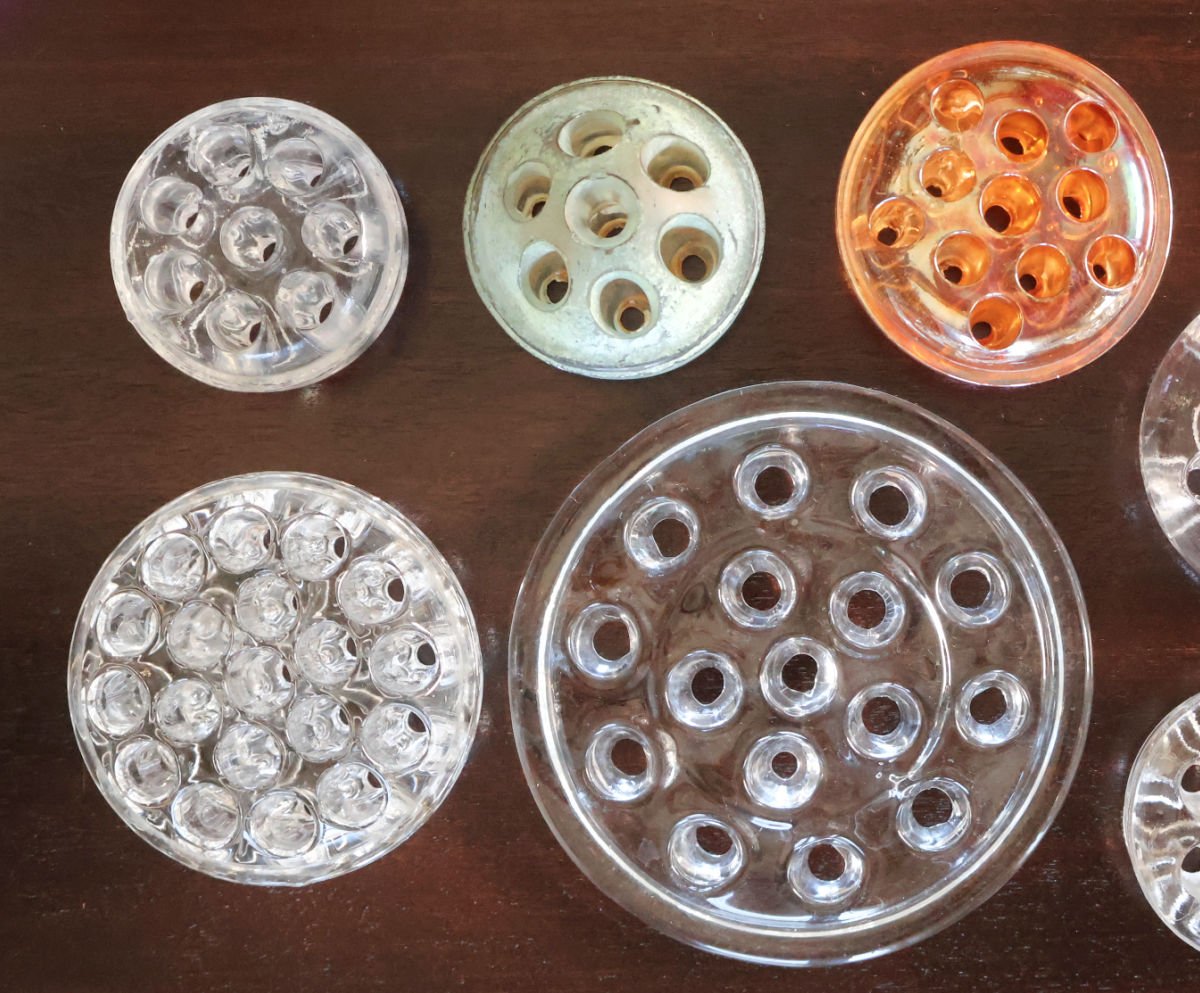
My Favorite Places to Display Them
Even when not in use, these little tools add charm to your space. I love grouping a few on a tray in the kitchen or placing them in a shallow dish on a coffee table.
They also work well as filler decor on open shelves, nestled among books or vases. A glass frog on a windowsill can even catch the light beautifully in the afternoon sun.
Not Just for Flowers: Creative Ways to Use a Frog
These clever little holders can do more than support stems. I’ve used them to:
- Hold pens or paintbrushes on my desk
- Keep makeup brushes organized in a bathroom tray
- Display air plants or name cards at a dinner party
They’re functional and beautiful, which is part of their lasting appeal.
Real Talk: Are They Still Worth Using Today?
Absolutely. In a world full of single-use floral foam, these reusable supports are both sustainable and stylish. They offer more flexibility, more personality, and less waste.
Whether you’re arranging garden clippings or store-bought blooms, these simple tools bring a little more joy (and a lot more structure) to your floral displays. They are just so pretty when used with flowers or displayed!


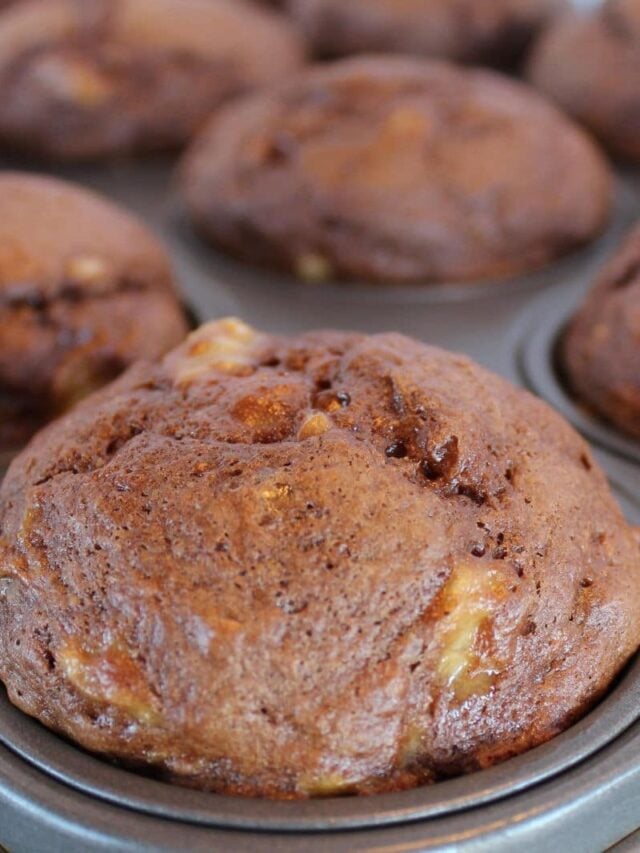
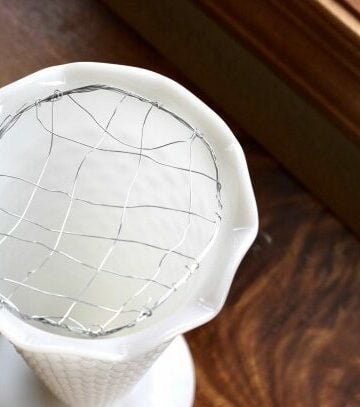
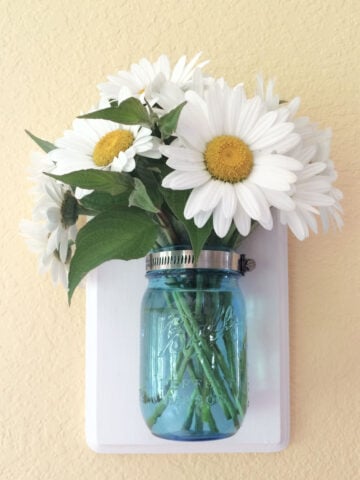
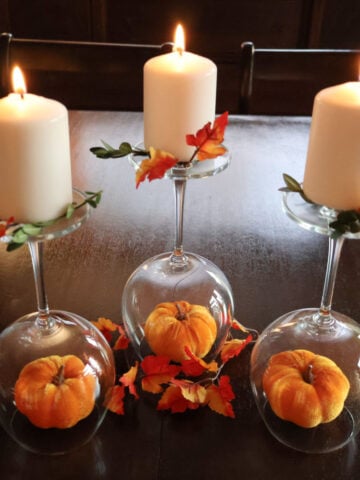
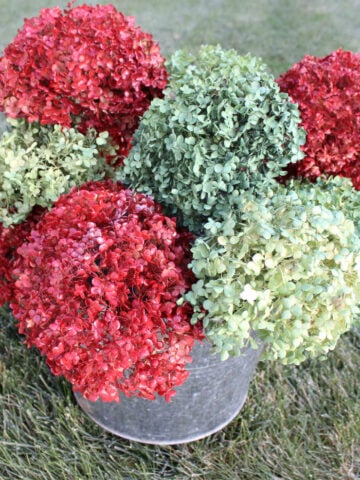
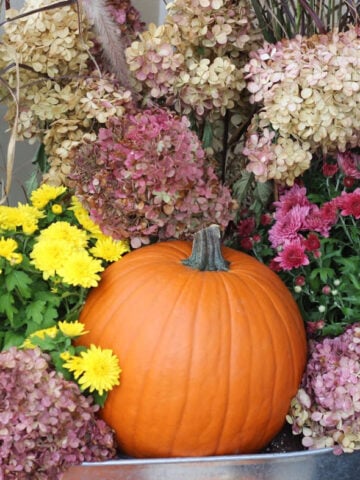
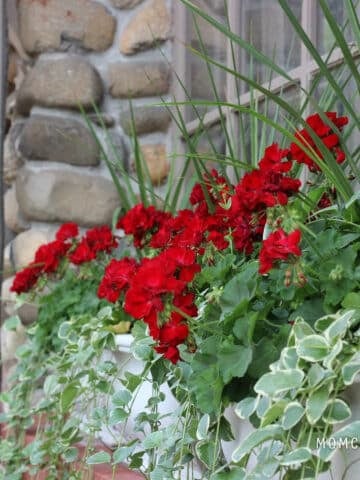

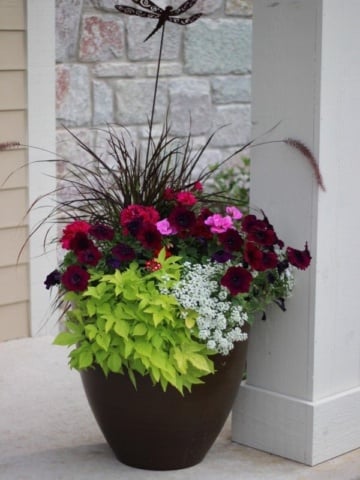
Leave a Reply